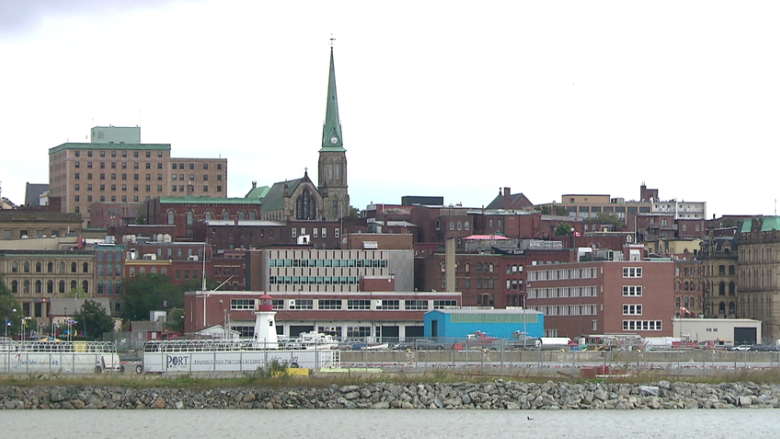Emergency shelter use rose in Saint John in 2016: study
An annual report on homelessness released Monday by the Saint John Human Development Council indicates both a significant increase in emergency shelter use, and better local support available for people who are homeless, according to Michael Mackenzie of the Saint John Human Development Council.
Since 2009, the council has released an annual report which, with other similar reports across the country, tracks progress in reducing homelessness in urban centres.
It uses data collected at Saint John area shelters, from the Canadian Mortgage and Housing Corp., New Brunswick Social Development and Point-in-time counts, designed to gather information about people sleeping rough on the streets and parks.
Not only did the number of people using Saint John's emergency shelters increase by more than 40 percent from 2015 to 2016, according to this year's report card, but people staying in shelters were also spending more time in them, according to MacKenzie.
The data suggests Saint John ranks behind Moncton and ahead of Fredericton in terms of the number of people experiencing homelessness in New Brunswick major urban centres. The other two cities were also expected to release reports Monday.
Spike in shelter use
In Saint John last year, a total of 327 people — 250 men,75 women, and two transgender individuals — used emergency shelters in Saint John, which was an increase of 91 from the previous year. Both Coverdale and Outflow saw a "dramatic" rise in their occupancy rates.
The average length of stay at Outflow increased to 5.60 nights per visit from 4.07.
A major factor in that increase, MacKenzie said, was the relocation of Outflow Men's Shelter from the north end to the uptown in March 2015. The new location was more accessible to many people seeking shelter.
The numbers might reveal trends, MacKenzie said, but they say less about the reasons behind them.
"These stats only capture people using the shelter," she said. "We know that there are different types of homelessness — like hidden homelessness, where people might be couch surfing. There are people sleeping in parks, on the streets, or in vehicles."
Since individuals can move quickly through these types of homelessness, a change in shelter use could mean "that there are more people sleeping on the streets, and vice versa," he said.
"It's important to keep everything in context."
Strong local solutions
The federal government's development of a National Housing Strategy, the allocation of $11.2 billion to implement that strategy in the 2017 budget, and a joint investment of $56 million from the provincial and the federal governments in affordable housing, are all important signs of progress, MacKenzie said.
Local agencies are also embracing innovative solutions.
In 2016, Saint John launched a Housing First program — which provides chronically and episodically homeless people with a secure place to live, before connecting them with other resources. The program has housed 10 individuals so far.
"We consider that a big positive step," said MacKenzie. "It's being done all across the country and has strong backing from the federal government."
-
Affordable housing welcomes $11.2 billion from feds
The Waterloo Village Street Outreach launched in spring 2016 brings together volunteers from AIDS Saint John, Fresh Start Services for Women, YMCA, Sophia Recovery Centre, Salvation Army, Coverdale Centre, and other community groups to meet people experiencing homelessness and connect them with services.
"That is having a significant impact," MacKenzie said. The full report is available online on the Saint John Human Development Council's site.
Most important is for researchers and frontline workers to continue to work together and share information, Mackenzie said.
"The frontline workers know what's happening," he said. "Data collection and management are important but the numbers only tell part of the story.
What's exciting about the report is that it doesn't just focus on the numbers — it highlights some promising local practices and initiatives."



